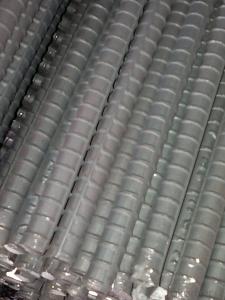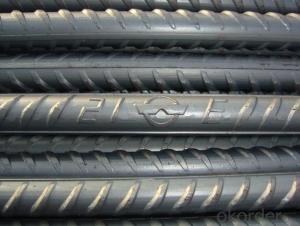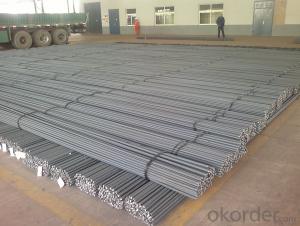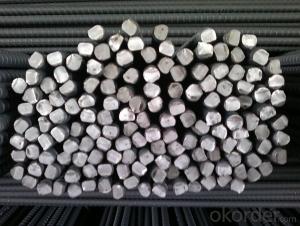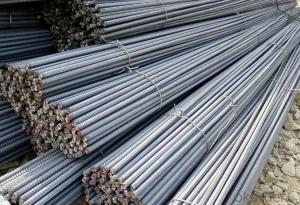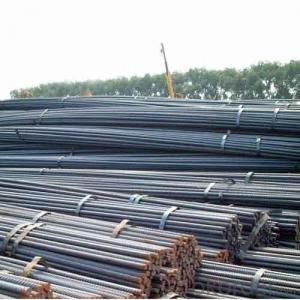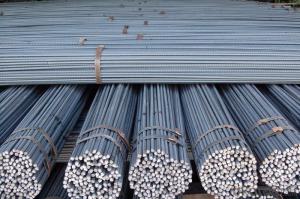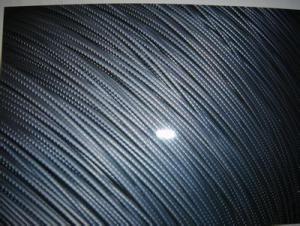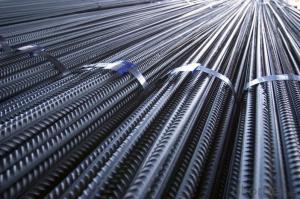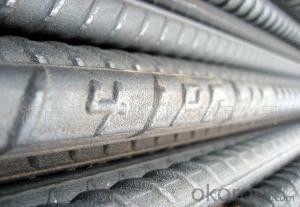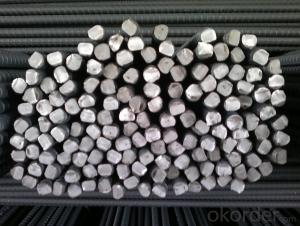All Categories
- - Steel Wire Rod
- - Steel Coils
- - Steel Profiles
- - Steel Pipes
- - Stainless Steel
- - Tinplate
- - Special Steel
- - Steel Sheets
- - Steel Rebars
- - Steel Strips
- - Hot Rolled Steel
- - Cold Rolled Steel
- - Pre-painted Steel
- - Seamless Steel Pipe
- - Welded Steel Pipe
- - Hollow Steel Tubes
- - Galvanized Pipe
- - Stainless Steel Coil
- - Stainless Steel Sheet
- - Stainless Steel Plate
- - Stainless Steel Strips
- - Electrolytic Tinplate Coil
- - Electrolytic Tinplate Sheet
- - Stainless Steel Rebars
- - Solar Panels
- - Solar Water Heater
- - Solar Related Products
- - Solar Inverter
- - Solar Cells
- - Solar Light
- - Solar Energy Systems
- - Solar Controllers
- - Solar Mounting System
- - Solar Pump
- - Solar Chargers
- - Fiberglass Chopped Strand
- - Fiberglass Mesh Cloth
- - Composite Pipes
- - FRP Pultrusion Profiles
- - Fiberglass Mat Tissue
- - Fiberglass Fabrics
- - Fiberglass Mesh
- - Composite Tank
- - Fiberglass Mesh tape
- - Polymer
- - FRP Roofing Panel
- - Fiberglass Roving
- - Monolithic Refractories
- - Ceramic Fiber Products
- - Refractory Bricks
- - Raw Materials For Refractory
- - Suspended Platform
- - Cranes
- - Concrete Machinery
- - Earthmoving Machinery
- - Building Hoist
- - Road Building Machinery
- - Plastic Pipe Fittings
- - Plastic Tubes
- - Plastic Sheets
- - Agricultural Plastic Products
- - Plastic Nets
 All Categories
All Categories
Q & A
How are steel rebars integrated into the construction of transportation terminals and hubs with high passenger volumes?
Steel rebars are integrated into the construction of transportation terminals and hubs with high passenger volumes in various ways. They are primarily used to reinforce the concrete structures, such as foundations, columns, beams, and slabs, ensuring their strength and durability. Rebars are strategically placed within the concrete to provide additional structural support, especially in areas that experience heavy loads or potential stress points. This integration helps to withstand the constant movement and heavy foot traffic in these high-volume areas, ensuring the safety and longevity of the transportation terminals and hubs.
What are the best practices for maintaining the alignment and spacing of steel rebars in a slab?
To maintain the alignment and spacing of steel rebars in a slab, there are several best practices to follow:
1. Following the design specifications: It is crucial to adhere to the design drawings and specifications provided by the structural engineer or designer. These drawings provide the necessary information on the required rebar size, spacing, and alignment.
2. Accurate placement and support: Rebars should be placed accurately according to the specified spacing and alignment. They should be adequately supported to prevent sagging or displacement during the concrete pouring process.
3. Proper bar tying: Rebars should be securely tied at intersections using proper tying techniques. This ensures that the bars remain in their designated positions and maintain the desired spacing.
4. Use of chairs and spacers: Chairs or spacers can be used to maintain the proper elevation and alignment of rebars within the slab. These supports help prevent the rebars from sinking or moving during the concrete pouring and consolidation process.
5. Regular inspections: Periodic inspections during the construction process can help identify any misalignment or spacing issues early on. This allows for timely corrections to be made before the concrete is poured.
6. Quality control measures: Implementing quality control measures, such as verifying bar sizes, spacing, and alignment, can help ensure that the rebars in the slab meet the required standards.
By following these best practices, the alignment and spacing of steel rebars in a slab can be effectively maintained, resulting in a structurally sound and durable concrete structure.
What measures can be taken to prevent steel rebar theft on construction sites and secure materials?
There are several measures that can be taken to prevent steel rebar theft on construction sites and secure materials. Firstly, implementing strict access control measures such as fencing and gating the construction site can help deter unauthorized individuals from entering and stealing. Additionally, installing surveillance cameras and alarm systems can provide a higher level of security by deterring theft and providing evidence in case of any incidents. Marking the steel rebar with unique identifiers or using tracking devices can also make it easier to identify stolen materials and track their whereabouts. Moreover, conducting regular inventory checks and maintaining a detailed record of all materials can help identify any missing items quickly. Lastly, fostering a culture of awareness and vigilance among workers, as well as providing appropriate training on security protocols, can further enhance the prevention of theft on construction sites.
What is the impact of improper lap splicing of steel rebars in concrete structures?
Improper lap splicing of steel rebars in concrete structures can have significant negative impacts. It can compromise the structural integrity and load-bearing capacity of the concrete elements, leading to potential structural failures. Improper lap splicing can result in reduced bond strength between the rebars and the surrounding concrete, which can result in inadequate transfer of stresses and strains. This can lead to cracking, increased deflections, and even collapse of the structure under load. Additionally, improper lap splicing can also increase the risk of corrosion in the rebars, as it can create areas of moisture accumulation and hinder proper concrete cover. Overall, it is crucial to ensure proper lap splicing techniques to maintain the safety and durability of concrete structures.
Wholesale Steel Rebars from supplier in Kenya
By choosing us as your supplier of Steel Rebars in Kenya, you can be assured of high-quality products that meet international standards. We source our Steel Rebars from reputable manufacturers and ensure that they undergo strict quality control measures before being delivered to you.
Our dedicated sales team is committed to providing excellent customer service and meeting your specific requirements. We offer competitive pricing and flexible payment terms to suit your budget and project needs. Whether you need a small quantity or a large-scale order, we can accommodate your demands.
In addition to sales, we also provide quotations to help you plan your project budget effectively. Our team of experts is available to offer technical support and guidance, ensuring that you have the right Steel Rebars for your construction projects.
With our extensive market experience in Kenya, we understand the local construction industry and its unique challenges. We can provide valuable insights and expertise to help you make informed decisions and achieve success in your projects.
As a subsidiary of CNBM, a Fortune Global 500 company, we have access to a vast network of resources and expertise. This allows us to stay up-to-date with the latest industry trends and technological advancements, ensuring that we provide you with the best Steel Rebars solutions in Kenya.
Contact us today to discuss your Steel Rebars requirements in Kenya. Our team is ready to assist you and provide the products and services you need for your construction projects.
Our dedicated sales team is committed to providing excellent customer service and meeting your specific requirements. We offer competitive pricing and flexible payment terms to suit your budget and project needs. Whether you need a small quantity or a large-scale order, we can accommodate your demands.
In addition to sales, we also provide quotations to help you plan your project budget effectively. Our team of experts is available to offer technical support and guidance, ensuring that you have the right Steel Rebars for your construction projects.
With our extensive market experience in Kenya, we understand the local construction industry and its unique challenges. We can provide valuable insights and expertise to help you make informed decisions and achieve success in your projects.
As a subsidiary of CNBM, a Fortune Global 500 company, we have access to a vast network of resources and expertise. This allows us to stay up-to-date with the latest industry trends and technological advancements, ensuring that we provide you with the best Steel Rebars solutions in Kenya.
Contact us today to discuss your Steel Rebars requirements in Kenya. Our team is ready to assist you and provide the products and services you need for your construction projects.
